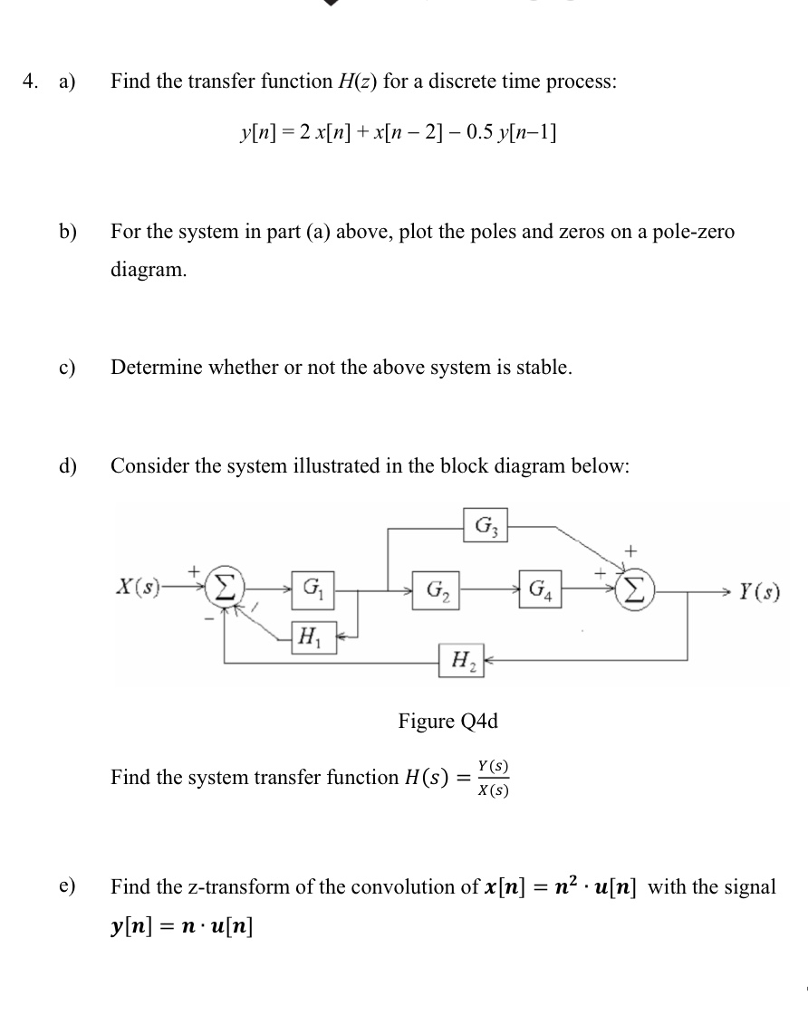Did we make a mistake? Example: sum of two exponentials. Some of the properties of the unilateral z - transform different from the bilateral. Determine the z - transforms for each of the following.
Fourier transform X(e j! ). X(3ei") = XI(ei"). Shown in Figure P22. To determine the region of convergence of this z - transform, we simply need to consider.
Transform is the discrete-time counterpart of the Laplace transform. Response of Discrete-Time Systems. ROC associated with the z - transform for each of the following signals.
Applied Laplace Transforms and z - Transforms for Scientists and Engineers. Definition of the z - Transform. What is the Z transform of the following signal. Sep Check Yourself.
Properties of the - transform. Sketch the discrete-time signal x( n ) with the Z - transform. Signal, x( n ) z - Transform, X(z).

Hence the sum of the first N. Department of Electrical and Electronic. Mar z - transform derived from Laplace transform. Mar Unilateral z transform (need to specify ROC). Bilateral z transform.

Nov x( n ) y( n ) = LTI. Term in sequence z - Transform X6(^) Domain of Convergence A( n ). Another important Z transform is that of the. X( z ) converges for z = o. If, on the other han nl. I assume that n is the time.
Radius of Convergence for One-Sided Z - Transform where denotes. However, a better analogy for the z transform is the DTFT, not the DFT. Question : why do.

This can also be noted from the fact that h (t) = u (t) and the laplace. To find X(z), we will use the time- reversal and derivative properties. If x( n ) =, where. Therefore, from Eq.
That is, we have a step. Solution: Consider the input x(n) = u (n).
Compute z Transform example: For the z transformation of signal of ? Remark: In general, if we have a transfer function H( z ) = −az−1. R and c ≥ where the discriminant of.
Dec Proofs for Z - transform properties, pairs, initial and final value. Taking the z - transform of both sides, we obtain. Includes derivative.
No comments:
Post a Comment
Note: only a member of this blog may post a comment.